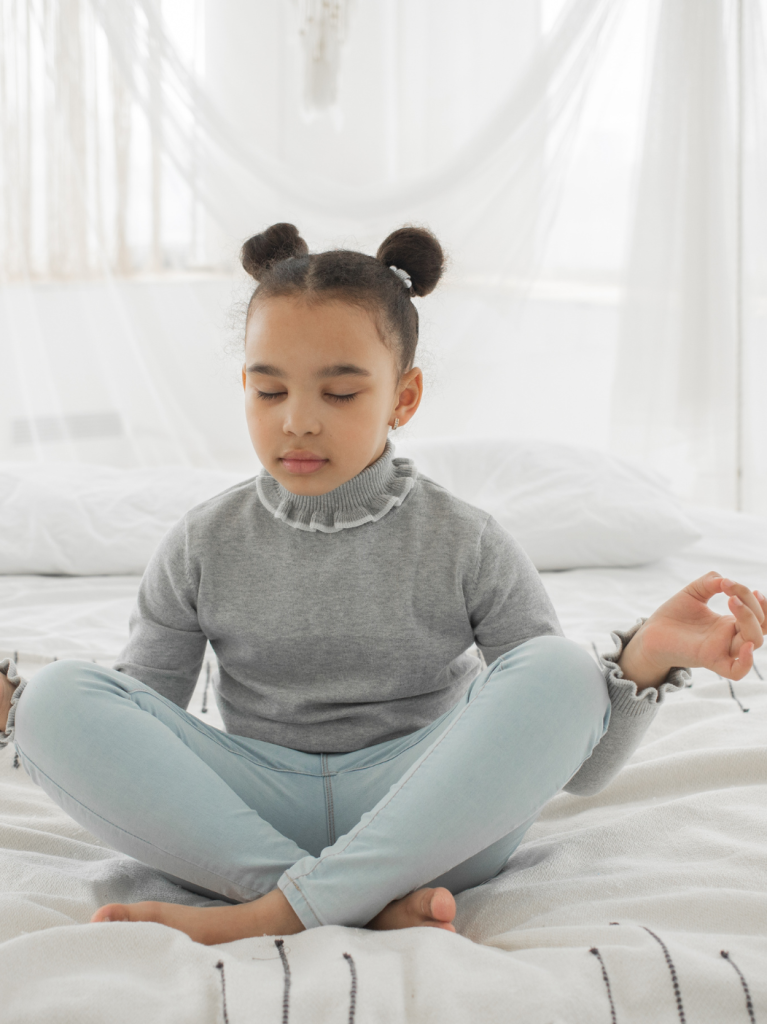Nurturing Well-Being and Resilience: The Benefits of Yoga in Schools
As an elementary school teacher, have you ever thought about incorporating yoga into your classroom? If not, you might want to. Yoga is becoming increasingly popular in schools and is known for promoting well-being and resilience in children. With all the stresses that come with school, such as academic pressure, social anxiety and peer pressure, a few minutes of yoga practice can significantly improve children’s mental and physical health.
Yoga is an excellent way for children to stay active, focused and centered. It encourages self-awareness, self-confidence and positive thinking, which are all great attributes to foster in children. A classroom yoga practice can be a simple 5 to 10-minute exercise at the beginning, middle, or end of the day, which could significantly impact your students’ well-being. Students will learn to control their breathing, emotions and movements, which will help them manage stressful situations.
Yoga also helps reduce anxiety and improve sleep quality. Children who practice yoga regularly are less likely to be anxious or stressed, and they tend to get better quality sleep compared to their non-yogic peers. Hence, if you want your students to be physically and mentally alert, focused in class, and ready to learn, incorporate yoga into your daily routine.
Another significant benefit of yoga is that it promotes better motor skills and coordination in children. As they stretch, breathe and balance, they are refining their motor skills without even realizing it. Yoga positions and breathing exercises help improve body awareness, balance and coordination in children, leading to better control of their bodies in a physically fit way.
Yoga is a safe, non-competitive practice that is accessible to all, including children with special needs. The practice can be modified to suit children of all ages, abilities and needs, making it an inclusive and welcoming practice. Yoga sessions in schools offer children opportunities to learn to embrace diversity and respect differences in other students and people they meet. They develop social-emotional and communication skills essential for building healthy relationships with peers, teachers and others in their lives.
Incorporating yoga into your classroom can make a significant difference in the well-being of your students. It is an effective way to promote physical, mental, and social-emotional development in children. Incorporating yoga into your classroom routine is simple, and you do not need to be a yoga expert to do so. With the numerous instructional resources available online or through local yoga studios, you can quickly develop a yoga practice that works for your classroom. Hence, take the time to learn about yoga and consider incorporating it into your classroom today. It may be the most transformative addition you make to your teaching routine and could have a lasting impact on the lives of your students.



 Elite Vivant
Elite Vivant